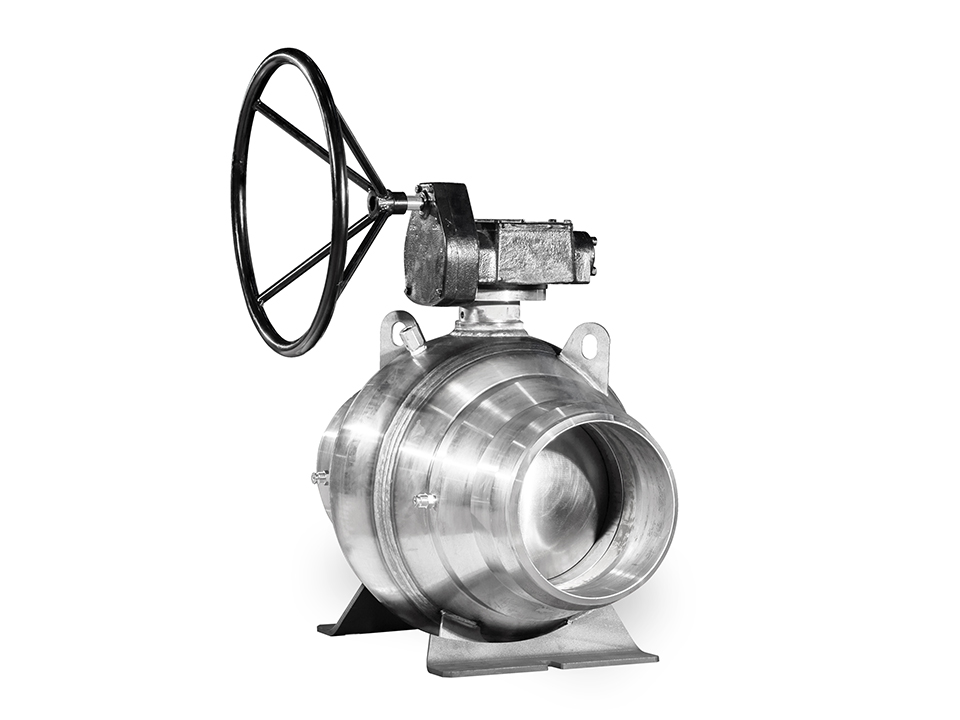There are significant differences between welded ball valves and flanged ball valves in many aspects, including installation methods, structural features, use costs, applicable occasions, etc.
Installation method
Welded ball valve: connected to the pipeline by welding, usually suitable for occasions that need to be fixedly installed in the pipeline system. This connection method enables the welded ball valve to be directly embedded in the pipeline without the need for additional flanges or bolted connections, thereby reducing the risk of leakage and improving the overall sealing of the system.
Flange ball valve: connected to the pipeline through flange, flange connection is a detachable connection method, two flanges are tightly connected together by bolts. This connection method is easy to install and disassemble, but its sealing may be slightly inferior to welding connection.
Structural features
01 Welded ball valve
The valve body structure is integrally welded, without external leakage. The valve seat is composed of PTFE sealing ring and spring, which has strong adaptability to changes in pressure and temperature. The valve stem adopts explosion-proof design and is equipped with anti-leakage structure to ensure that the valve can operate stably and reliably under various working conditions. In addition, the welded ball valve also has the advantages of light weight, easy insulation and easy installation.
02 Flange ball valve
It consists of a valve body, a ball, a valve stem, a flange and other parts. The ball rotates around the center line of the valve body to achieve the purpose of opening or closing. The structure of the flange ball valve is relatively simple, but because it needs flange connection, its overall weight and size may be slightly larger than the welded ball valve.
Usage cost
Welded ball valve: Due to its compact structure, light weight and easy installation, it is more suitable for some occasions with strict cost requirements. In addition, the warranty period of welded ball valve is longer (usually around 20 years), which also reduces its long-term use cost.
Flanged ball valve: It is more troublesome to process than fully welded ball valve, and the material is more and heavier, so the use cost is usually slightly higher than that of welded ball valve. However, the maintenance and replacement of flanged ball valves are relatively convenient, which reduces the maintenance cost of long-term use to a certain extent.
Applicable occasions
Welded ball valve: widely used in various pipeline equipment such as city gas, city heating, petrochemical, shipbuilding, steel, pressure regulating station, power plant, etc. Especially in the occasions where it needs to be buried directly underground, welded ball valves are favored because of their characteristics of no external leakage.
Flange ball valve: due to its simple structure, convenient operation and wide range of applications, it is widely used in various pipeline systems. However, in the occasions where high sealing and long-term stable operation are required, flange ball valve may not be the best choice.

 WENZHOU WEITUO VALVE CO., LTD.
WENZHOU WEITUO VALVE CO., LTD.